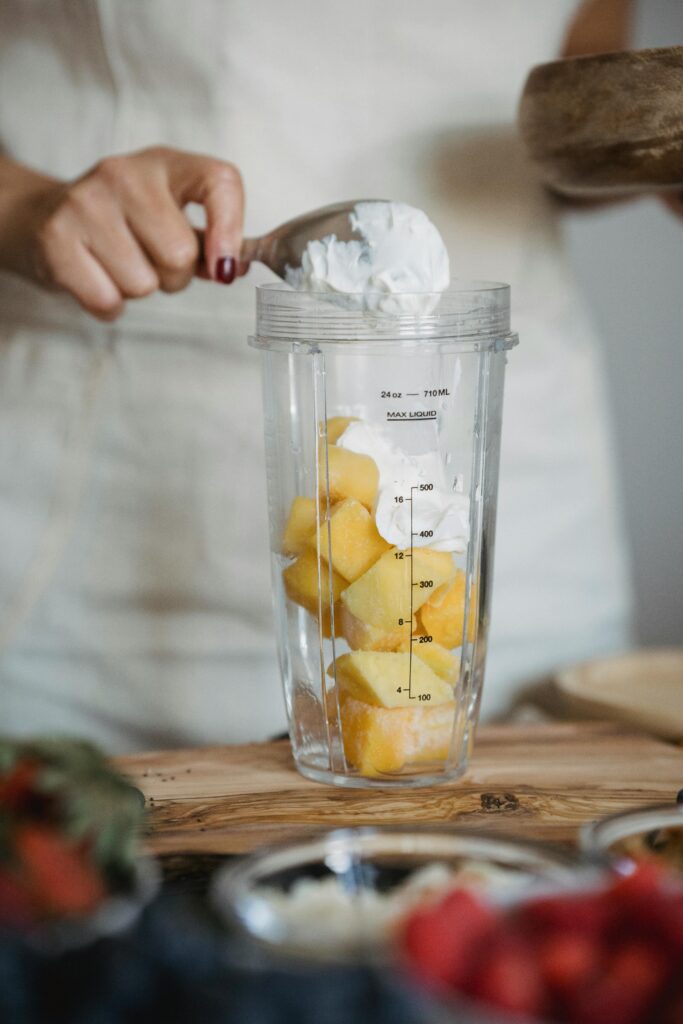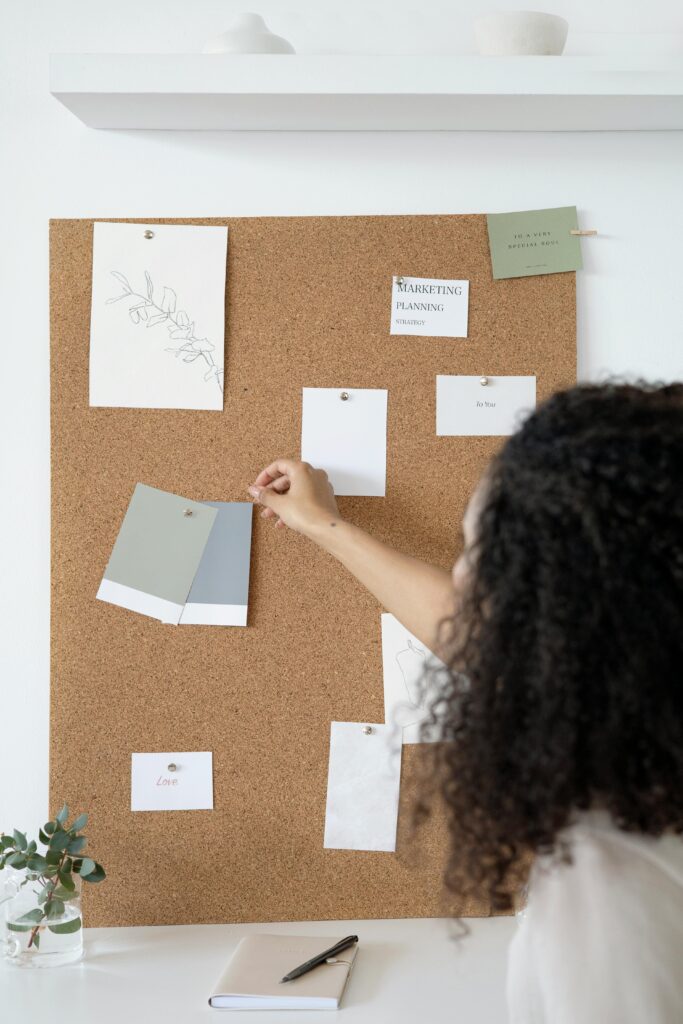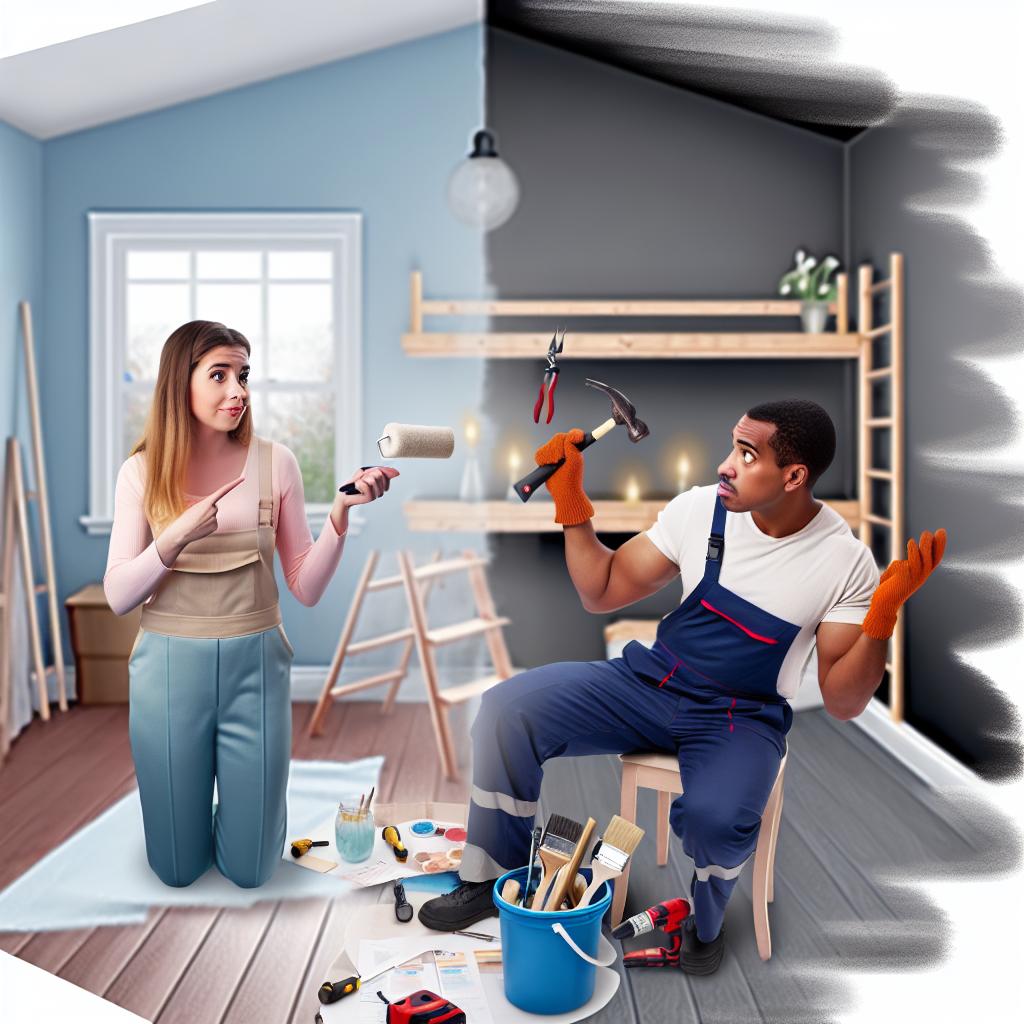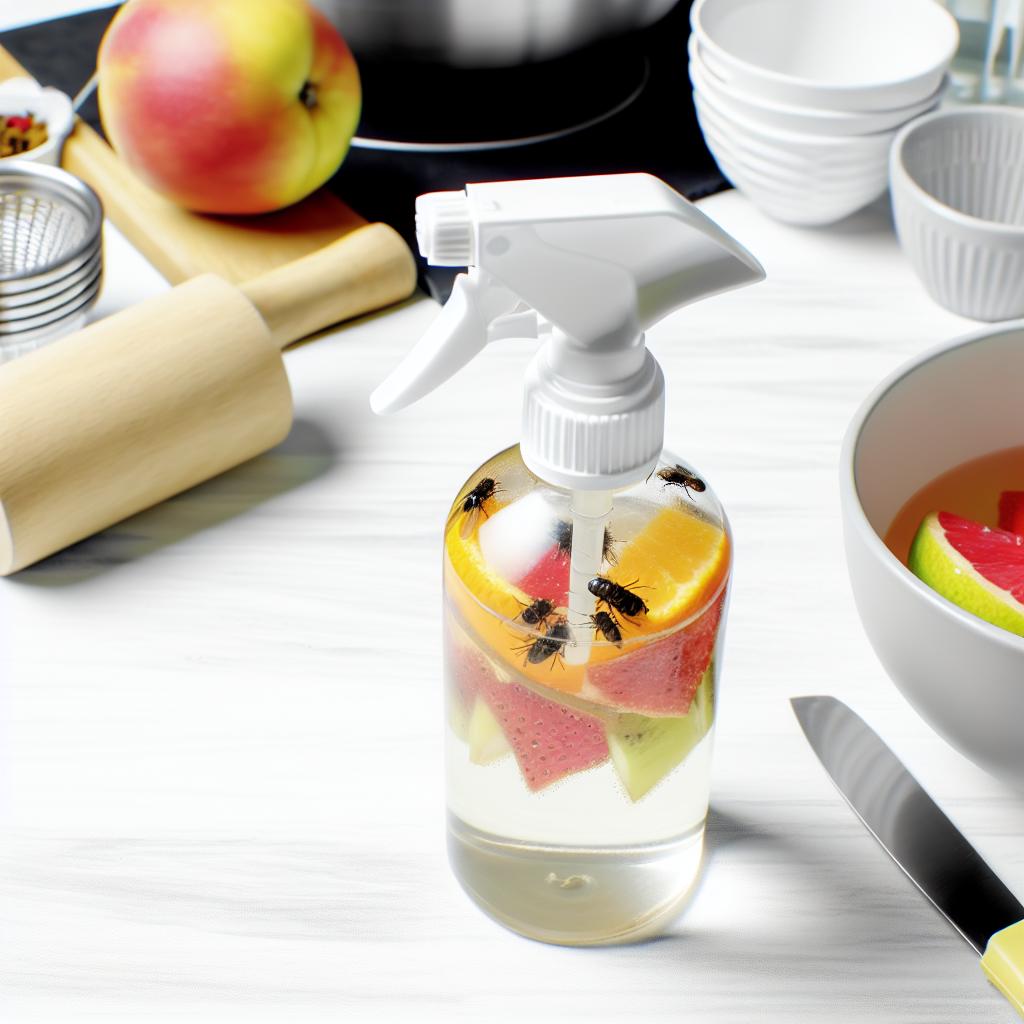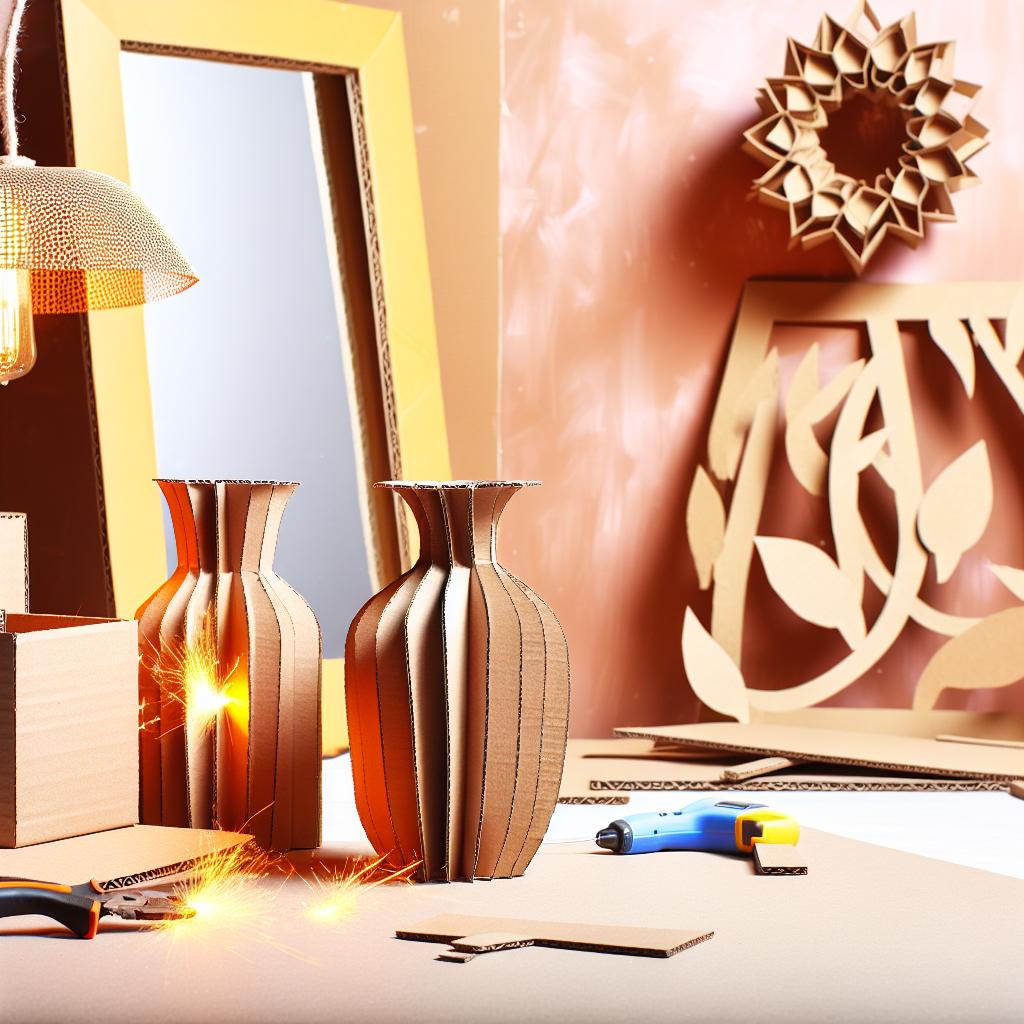DIY Homemade Gnat Spray Natural Effective Recipe
Introduction Gnats can be a persistent nuisance in any home, especially during warmer months. These tiny flying pests not only cause irritation with their incessant buzzing but can also contaminate food and leave behind unsightly residues. While there are numerous commercial products available to tackle gnat infestations, many homeowners are increasingly seeking natural and eco-friendly alternatives. Enter the homemade gnat spray – a simple, effective, and safe solution for DIY pest control enthusiasts. In this guide, we’ll walk you through creating your own homemade gnat spray using readily available ingredients, highlighting the benefits of natural sprays, and providing practical application tips to keep your home gnat-free. Ingredients Creating a homemade gnat spray is both economical and straightforward. The key lies in combining natural ingredients that gnat pests find repellent or toxic, yet safe for humans and pets. Below are the common ingredients you’ll need: Apple Cider Vinegar: Acts as an attractant and base for the spray. Its strong scent lures gnats, making them more susceptible to the spray. Dish Soap: Reduces the surface tension of the vinegar, allowing the solution to adhere better to the gnats and ensuring they don’t escape once contacted. Water: Dilutes the mixture to ensure it’s safe for household use while maintaining effectiveness. Essential Oils: Oils like lemongrass, lavender, or eucalyptus enhance the repellent properties of the spray and provide a pleasant scent. Additionally, they offer antibacterial and antifungal benefits. A Spray Bottle: For easy application around the home. These ingredients not only work synergistically to repel and eliminate gnats but also ensure that the solution remains safe for use in various home environments. For those interested in expanding their DIY pest control arsenal, you might also explore our guide on creating homemade Japanese beetle spray for garden. Benefits of Natural Sprays Opting for a natural approach to pest control offers numerous advantages over conventional chemical-based products. Here are some of the primary benefits of using natural sprays like homemade gnat spray: Safety for Family and Pets Many commercial pest control solutions contain harsh chemicals that can pose risks to children, pets, and even adults with sensitivities. Natural sprays use ingredients that are generally recognized as safe, minimizing the risk of adverse health effects. Environmental Friendliness Chemical pesticides can have detrimental effects on the environment, including contaminating water sources and harming beneficial insects like bees and butterflies. Natural sprays break down more easily in the environment, reducing pollution and preserving ecological balance. Cost-Effective Homemade solutions often cost a fraction of their commercial counterparts. Ingredients like vinegar and dish soap are inexpensive and readily available, making DIY pest control accessible to all. Avoidance of Resistance Pests can develop resistance to chemical pesticides over time, rendering them less effective. Natural sprays often combine multiple active ingredients, making it harder for pests like gnats to develop resistance. Customizable and Versatile DIY pest control allows you to tailor solutions to your specific needs. Whether you prefer certain scents or have particular sensitivities, you can adjust the ingredients to best suit your household. For more versatile DIY projects, check out our easy DIY home automation projects. Step-by-Step Guide Creating your own homemade gnat spray is simple and requires minimal effort. Follow these steps to prepare an effective spray that keeps gnats at bay: Step 1: Gather Your Ingredients Ensure you have all the necessary ingredients and a clean spray bottle. Gathering everything beforehand will make the process smoother and more efficient. Step 2: Measure the Ingredients Using a measuring cup, combine: 1 cup of apple cider vinegar 1 cup of water 1-2 teaspoons of dish soap 10-15 drops of your chosen essential oil Step 3: Mix the Solution In a clean container, pour the apple cider vinegar and water. Add the dish soap, which helps the spray cling to surfaces and insects. Finally, incorporate the essential oil of your choice. Stir gently to combine, ensuring the ingredients are well-mixed without creating too many bubbles. Step 4: Transfer to Spray Bottle Carefully pour the mixture into a spray bottle using a funnel to prevent spills. Ensure the spray bottle is clean to avoid any unwanted reactions with previous contents. Step 5: Label the Bottle For safety and future reference, label your spray bottle with its contents and date of preparation. This is especially useful if you have multiple DIY solutions in your home. With these steps completed, your homemade gnat spray is ready for use. For those interested in other DIY solutions, explore our guide on DIY natural fruit fly spray for kitchens. Application Tips To maximize the effectiveness of your homemade gnat spray, proper application is key. Here are some tips to ensure your DIY pest control efforts are successful: Target Infested Areas Identify areas where gnats are most prevalent, such as near fruit bowls, trash cans, drains, or houseplants. Focus your spraying efforts on these hotspots to quickly reduce gnat populations. Regular Application Consistency is crucial. Apply the spray every few days or as needed, especially during peak gnat seasons. Regular use will help keep gnats from returning and prevent new infestations from taking hold. Proper Storage Store your spray in a cool, dark place when not in use to preserve its efficacy. Shake the bottle gently before each use, as natural ingredients can sometimes settle or separate over time. Use in Combination with Other Methods For a more comprehensive approach to DIY pest control, combine your gnat spray with other natural methods. This might include removing standing water, sealing food containers, or using sticky traps. Additionally, you can explore homemade sprays for other pests to create an all-encompassing pest management strategy. Avoid Overuse While natural sprays are safer than chemical alternatives, it’s still essential to use them responsibly. Avoid excessive spraying in confined areas to prevent overwhelming scents and potential discomfort to household members. Maintain Cleanliness Good hygiene practices complement your pest control efforts. Regularly clean surfaces, dispose of garbage promptly, and eliminate potential gnat breeding grounds to enhance the effectiveness of your homemade spray. Conclusion Dealing with
